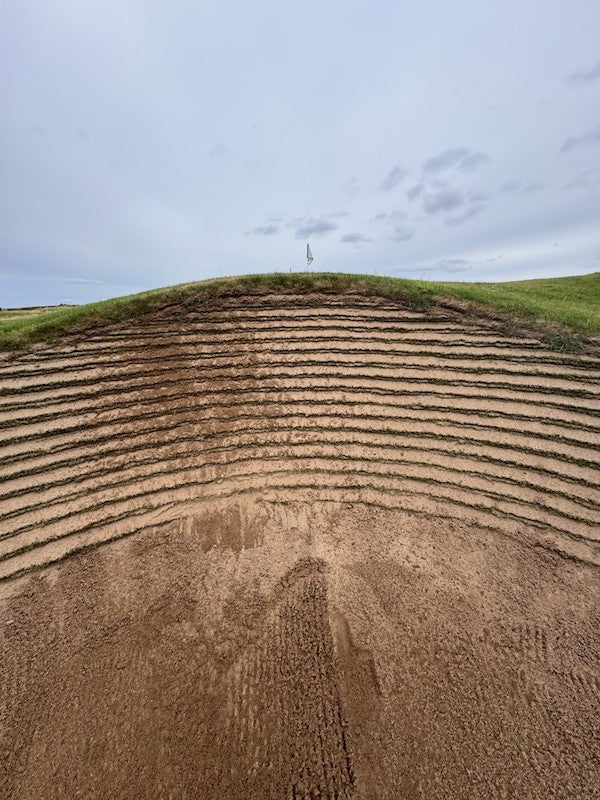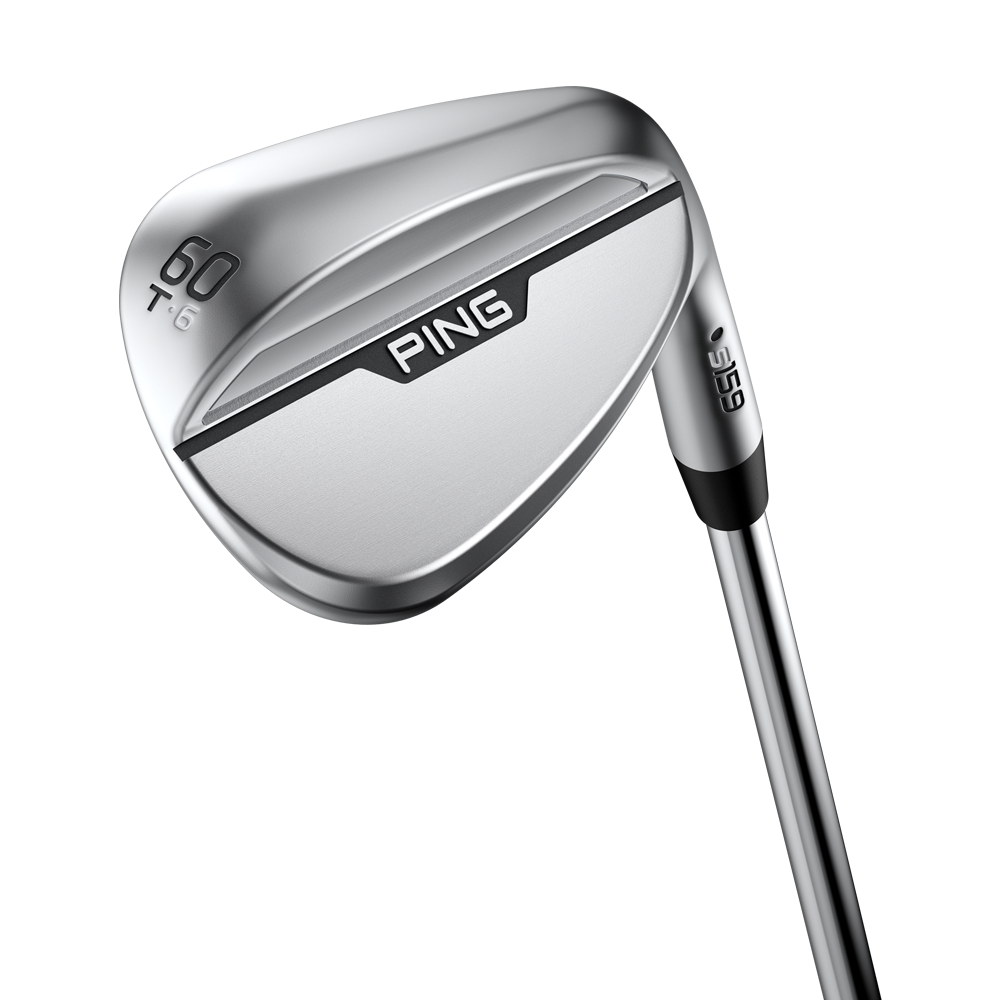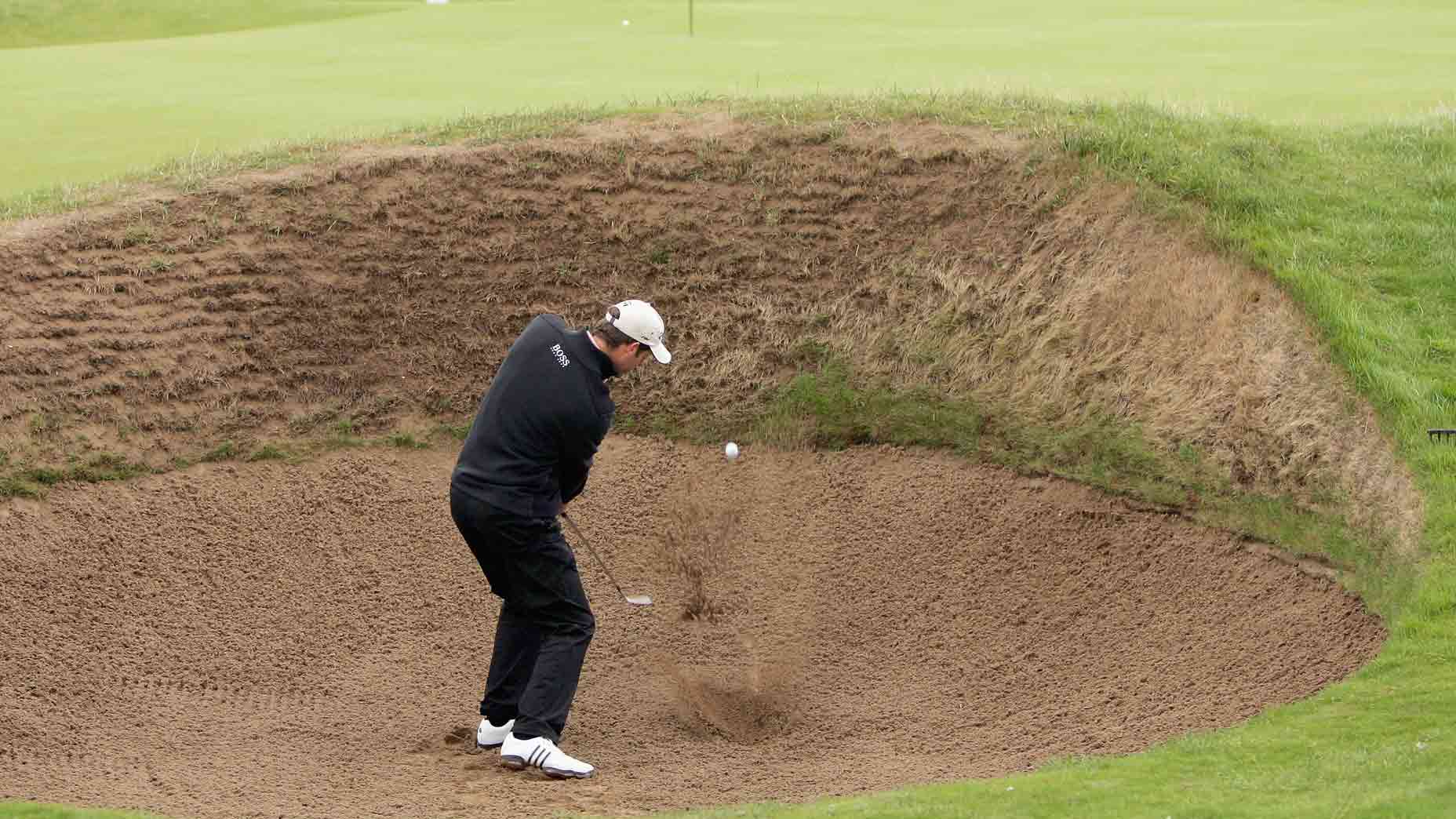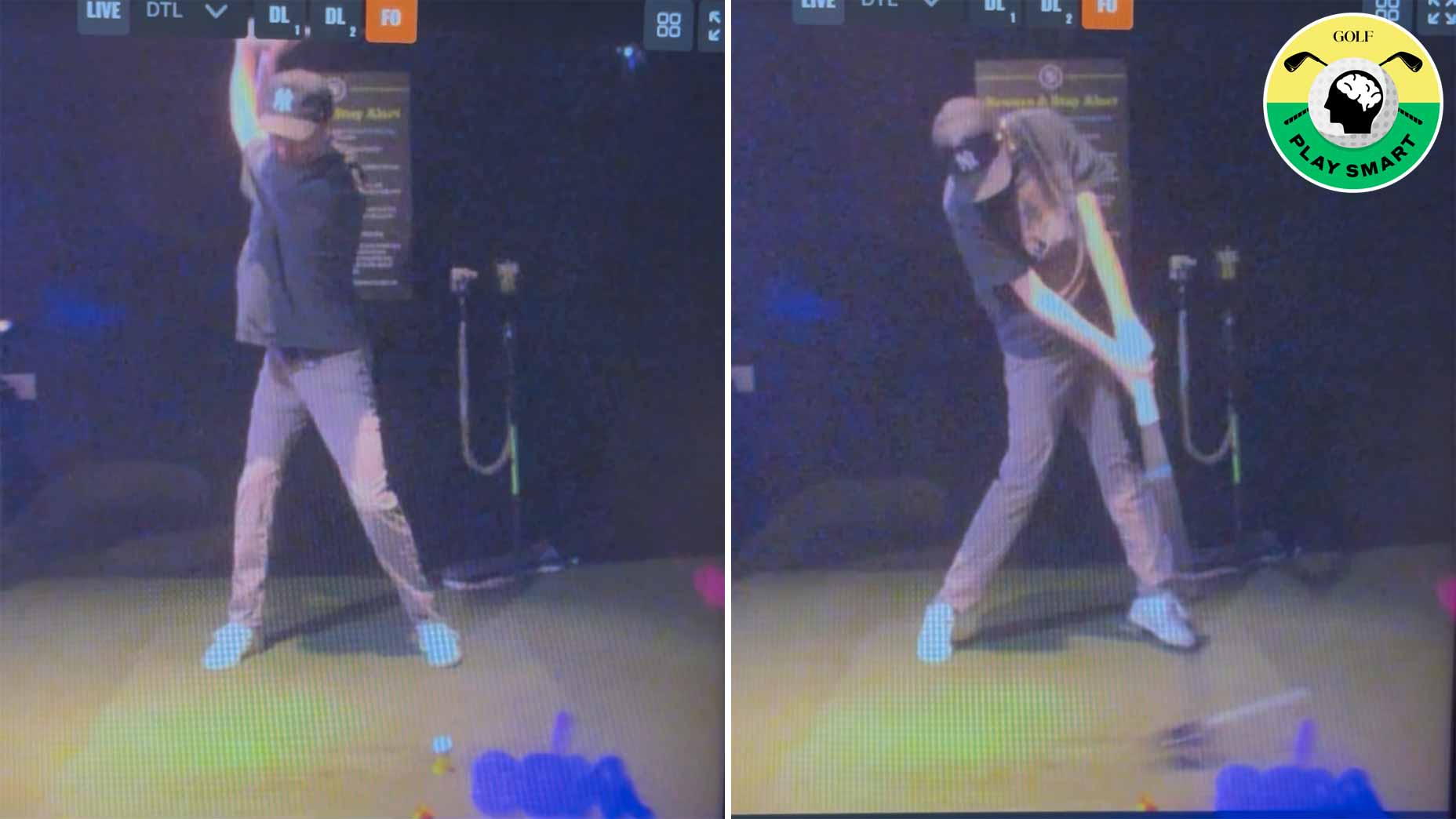Hitting from a deep bunker can be intimidating for many golfers, as each one presents added pressure to avoid a disastrous outcome.
But just because there’s a bigger lip than normal doesn’t mean you need to fear the challenge in front of you. With great technique and trust, you can see the success you’re looking for from any depth of bunker — and I show you 10 ways to do so below.

True Spec Fitting
10 ways to have more success on deep bunker shots

Having taken three golf trips to the UK in the past two years, I’ve seen my fair share of deep bunkers. Many of them are breathtaking and add a fun (and sometimes scary) obstacle for golfers.
If you want to escape these tricky traps with just one shot, you need the right plan and technique — so here’s how to have success.
1. Do you have a stance?
One element that makes a deep bunker shot so difficult is that, at times, it may be tough to simply get a stance to hit your ball. It’s not uncommon to have one foot on the ground and the other at some strange, contorted angle at address.
If you lack the ability to set up, you may want to consider a less direct path out of the bunker, and just plan to get the ball out and back into play. By simply “taking your medicine” and getting back to the short grass, you’ll help eliminate potential disaster.
2. How close is your ball to the lip?
The closer your ball is to the lip, the higher you’ll need to get it into the air — which makes your club choice even more important. On extra steep bunker lips, you’ll need to use a more lofted club (like a lob wedge), then open the face and/or create a steeper backswing path with a more exaggerated wrist hinge.
3. Which clubs can you use?
While you may have more club options from “normal” bunkers, on these deep bunker shots that have extra depth, you’ll have to use a wedge that has lots of loft and bounce — all relative to the distance of your target, of course.
Use your lob wedge for higher and shorter shots, your sand wedge for medium launch and medium distances, and your gap wedge when you have a lower lip and need to cover a greater distance.
4. Match your setup to the shot distance
Always remember to match your setup with the desired shot and distance. This means moving the ball position to be slightly forward — helping you hit the sand before the ball — and to dig your feet into the sand to help hit the sand before, under, and after the ball.
When it comes to posture, it can vary depending on how much spin and lift you need on a shot. A more normal posture will create less spin and lift, but add more distance. A lower and wider setup will produce more wrist hinge and a steeper angle into the sand, producing more spin for less total distance.
5. Splash the sand
It’s imperative to get comfortable with splashing the sand on these deep bunker shots, which helps lift the ball out of even the steepest lips.
I suggest practicing this on the short game area at the driving range without a ball, which gives you the necessary feels to replicate it on the course. When the goal is to get the sand out of the bunker, I often see a much better motion, helping players avoid the urge to try and lift the golf ball over the lip.
6. Speed
Now’s not the time to decelerate your club speed, which can be a common mistake amateur golfers make on bunker shots. Instead, you need to add speed, which is necessary in order to propel the sand and create spin and lift on your ball.
So how much speed should you use? Generally speaking, it should be your full-swing speed — despite often being closer to the green. Just make sure you’re hitting the sand first and not the ball, using good technique in order to execute this type of shot.
7. Finish forward
When hitting a deep bunker shot, always be sure to finish on your lead foot. Not only does this prevent you from trying to fall back and scoop the ball, but it allows you to get the club into the sand and into the right impact location.
A good practice technique is to hold your finish and make sure your trail heel is off the ground. If your weight is truly forward, you should be able to tap that toe without having to shift your weight to your forward foot.
8. Do you need to open the face?
This is tricky to answer because it all depends on the shot you come across. A golfer with lower clubhead speed should rarely open the face — since less speed may lead to the ball not traveling far enough to escape the bunker.
If you have a high bunker lip and also need to hit to a shorter distance, high clubhead speed golfers may want to open the face slightly to increase the loft, bounce and also the spin.
9. Have wedges that fit your style of play
In order to be a good bunker player, you need to have a wedge that fits your technique profile. So if you tend to be more shallow (hitting draws and hooks), you’d typically want less bounce. On the contrary, if you tend to be a bit more steep (hitting fades and slices), you want to increase the bounce.
That’s the simple way to explain it, but there’s a lot more that goes into it.
When players need more help with their club and wedge fittings, I send them to True Spec Golf, which allows them to try different heads and shafts from nearly every golf manufacturer, ensuring they get the correct loft, bounce, and grind for their game.
10. Try this ‘sweeping the tee’ drill
One of my favorite deep bunker drills is to place a tee just slightly into the sand on the target side of the ball, and then make sure that the head of the wedge stays low enough to make proper contact, all while helping promote the weight moving forward. This also minimizes the mistake of trying to lift the ball out.

PING s159 Custom Wedge
View Product












